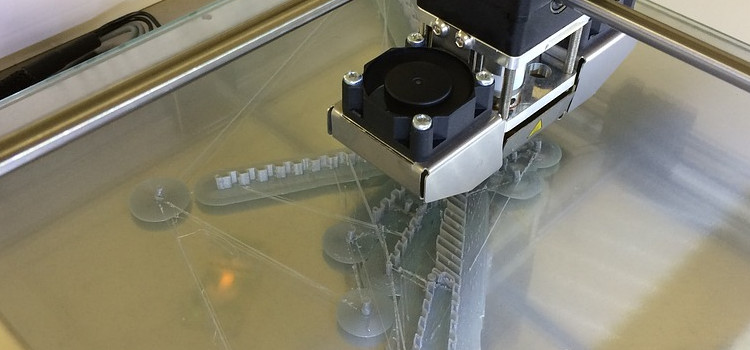When 3D printers were first introduced, they typically only had the capability to print small parts with a maximum layer height of 0.2 mm. As the 3D printing industry continues to grow and change, so does the variety of products that can be printed. One aspect that has become more popular as 3D printing matures is the layer height, which was scaled up in order to produce larger objects with more detail.
Contents
Let’s dive into this deeper so we can better understand it.
What Is Layer Height In 3D Printing?
A 3D printer’s layer height is the thickness of each successive layer in a 3D printed object. A high-resolution print with a small layer height will produce a smoother surface than a low-resolution print with a large layer height. Many experienced hobbyists and designers suggest using layer heights between 0.1 mm and 0.25 mm in order to create prints with high resolution and smoothness; however, it’s possible to print at a much higher resolution than this. In fact, many of the amazing printed objects you see online were printed at a layer height of just 0.01 mm or less!
Does It Matter?
The quality of your print is directly affected by the layer height that you choose to use. A lower layer height will result in a smoother finish, but it will also make the print take longer to finish. A higher resolution print with a high layer height will produce a rougher surface, but it can sometimes create more detail in the object.
Layer height is an important aspect of 3D printing technology; however, it shouldn’t be looked at as the only factor when deciding which resolution you should choose. Print speed, surface finish, accuracy and post-processing are all vital to creating quality prints.
Choosing The Right Layer Height
For 3D Printers, a layer height is the distance from one layer of plastic to the next. Choosing a good layer height for your 3D printer is crucial as too high can lead to flaws in the part. Too low and the part will not be strong enough to hold together. In between, it can affect both the strength and appearance of your model.
Layer height is a tricky thing to get right, even for experienced 3D printing enthusiasts. It’s easy to take wrong turns when setting layer height and you end up with a model that looks terrible or is too weak to handle stress.
How does layer height affect a 3D printed object?
The layer height of a 3D printed object is set before the print starts and will affect the final quality of the object. A higher layer height (around 0.1mm) will result in a smoother finish but will also give you a higher print resolution. This can be useful if you want to add detail to an object, but it can also have the opposite effect where the part will be too smooth and take longer to print. You also need to bear in mind the speed of your 3D printer, as it will affect how long it takes for your object to finish.
The layer height is set before starting the print and varies on each printer; however, there are some standards that are set for all printers regardless of their capabilities.
Some Examples Of Different Layer Heights And What They Are Good For
- 0.05 mm layer height : Good for small details, but it can slow down your printing process.
- 0.1 mm layer height : Ideal for basic prints with solid colors or layers of a few different colors.
- 0.2mm layer height : Good for sturdy construction of models and faster printing speed, but it will show more layer lines during the print.
- 0.25 mm layer height : Good for the strongest and most complex prints. It can be used to print with fillament colors, which can change the overall look of your object.
- 0.01mm layer height : This is what you find used in many of today’s printed objects to show amazing detail in a short time frame.
Do 3D Printers Have A Minimum Layer Height?
There are no minimum layer heights for 3D printers. The height of the chosen layer is largely influenced by the printer software settings and can be adjusted to suit any need. Even though 3D printers are capable of making these fine layers, printing at a lower setting saves time and plastic.
Final Conclusion
Layer height is an important aspect of 3D printing technology; however, it shouldn’t be looked at as the only factor when deciding which resolution you should choose. Print speed, surface finish, accuracy and post-processing are all vital to creating quality prints.
Thanks for reading! If you have any other questions or comments, please leave them in the comments below. Let me know if you think I’ve missed something or if there’s a more important aspect that I should talk about.
Read more – How expensive is 3d printing?

